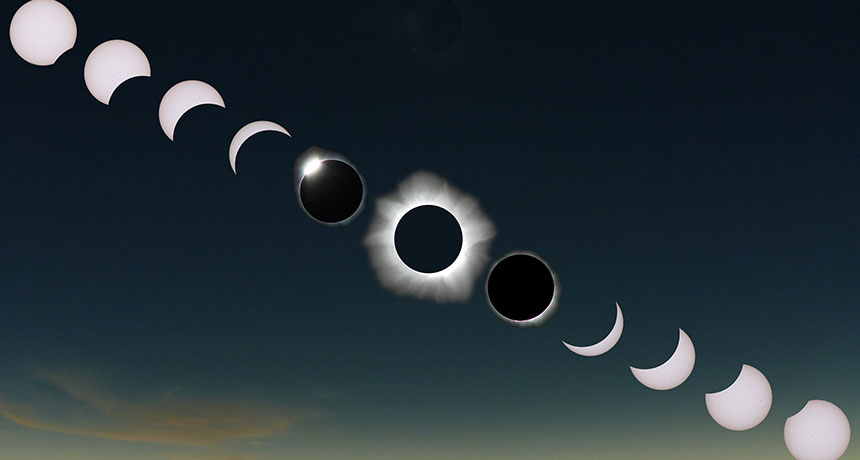What will scientists learn from the Great American Eclipse?

The Great American Eclipse on August 21 will be much more than a spectacle. As the moon passes in front of the sun, scientists will be doing some serious work. A fleet of telescopes, spectrometers and polarizers will turn skyward to look directly at the parts of our nearest star that are usually invisible.
But is there really any science left to do? Historically, eclipses were the only way to get a good look at parts of the sun. But these days we have space telescopes monitoring the sun in multiple wavelengths, 24/7. What else can we learn?
A lot, it turns out. Every day until the eclipse, I will share one key question that scientists hope to answer — or, at least, get closer to answering — while watching this year’s eclipse. Then, on the big day itself, I’ll be reporting on the ground, embedded with a research team in Wyoming. It will be my first-ever total eclipse.
Until then, check back each day for a new angle on what we can learn during the eclipse. Let the countdown begin!